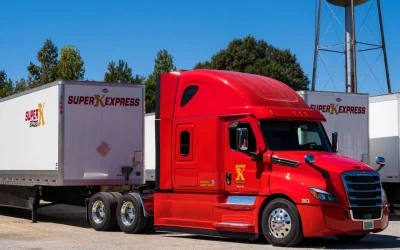Despite the modern move toward new energy sources, fossil fuels are still a necessary component of keeping our world moving. Commerce, agriculture, trade and recreation – all of it depends on the use of oil and other substances, in some way.
Drilling for oil is a delicate process. This is especially true on offshore drilling vessels, which are ships specially designed to extract oil from far beneath the surface of the ocean. To secure this oil without damaging the surrounding area, it’s important to have a good understanding of the subsea geography and to be able to see what’s being done, even from beneath the waves.
Tradition Meets Technology
Today, oil drillers use cameras designed for use underwater to navigate the areas they choose to drill into. The sea floor is easily disturbed, and this can range from inconvenient to local wildlife and ecosystems to catastrophic to nearly every organism within a many-mile range. That all depends on the approach of the oil miners.
Using photo and video technology, the oil rigs of the modern day can closely monitor their work and control their actions so as not to disrupt marine life too seriously. Without the use of these machines, these professionals would be almost blind to what was happening beneath the water’s surface. Giving drillers a view of the ocean floor prevents lost time, lost resources and environmental damage.
Taking the Best Possible Pictures
Camera work can be difficult even above water. Taking photos on offshore drilling rigs is even more so. Vessels must be equipped with dynamic positioning, a technology that allows stabilization and navigation without the use of anchors and other traditional steadying methods. Using this technology, ships can stay still and machinery stay secure regardless of varying winds, waters and other factors.
The photographers who take photos for offshore drillers and other industrial entities are not only providing services to assist them with their tasks. They are also keeping the oceans safer, cleaner and more secure for everyone affected by the process, and help all of us to get the fuel we need without the repercussions on our seas we strive to avoid. They are an often-overlooked but vital part of the oil mining process.


